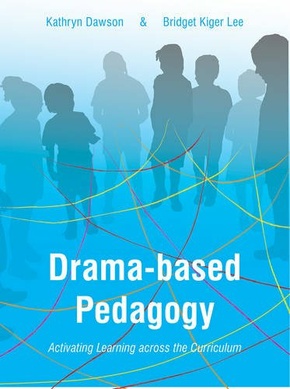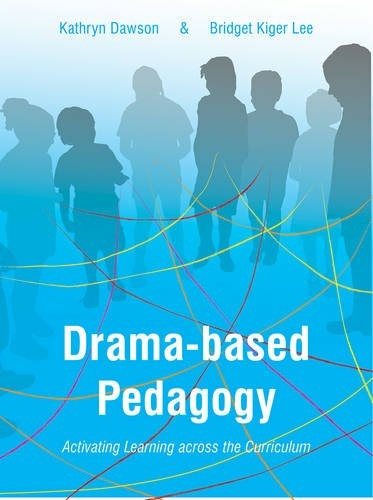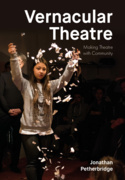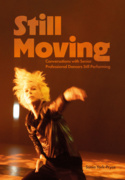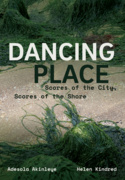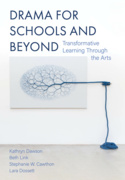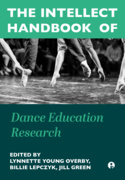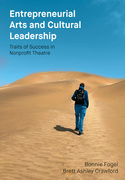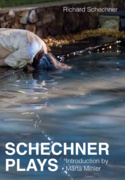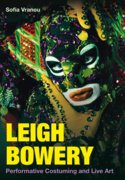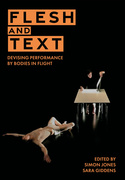Drama-based Pedagogy (Book)
Activating Learning Across the Curriculum
Drama-Based Pedagogy examines the mutually beneficial relationship between drama and education, championing the versatility of drama-based teaching and learning designed in conjunction with the classroom curriculum. Written by seasoned educators and based upon their own extensive experience in diverse learning contexts, this book bridges the gap between theories of drama in education and classroom practice.
Edition
Drama-based Pedagogy examines the mutually beneficial relationship between drama and education, championing the versatility of drama-based teaching and learning designed in conjunction with classroom curricula. Written by seasoned educators and based upon their own extensive experience in diverse learning contexts, this book bridges the gap between theories of drama in education and classroom practice.
Kathryn Dawson and Bridget Kiger Lee provide an extensive range of tried and tested strategies, planning processes and learning experiences, in order to create a uniquely accessible manual for those who work, think, train and learn in educational and/or artistic settings. It is the perfect companion for professional development and university courses, as well as for already established educators who wish to increase student engagement and ownership of learning.
Kathryn Dawson is an assistant professor in the Department of Theatre and Dance at the University of Texas.
Bridget Kiger Lee is a post-doctoral research fellow at Ohio State University, who wishes to increase student engagement and ownership of learning.
Part I: Why Use DBP?
Origins of Drama for Schools’ Drama-Based Pedagogy
What Is Drama-Based Pedagogy?
Introduction to DBP Learning Design
Part II: What Is DBP?
DBP Strategies
Activating Dialogue
Theatre Game as Metaphor
Image Work
Role Work
Part III: How Is DBP Used?
Review of the Dbp Learning Approach
Examples of Dbp Learning Design in Action
Further Considerations in Dbp Learning Design
'DBP offers students of all abilities choices for self-expression. Instead of limiting communication to speaking and writing, DBP allows complex student thought, feelings, and ideas to be represented an infinite number of ways – physically, tactilely, aurally, and visually, to name just a few.'
'DBP is an engaging practice for anyone hoping to spark authentic dialogue with their learning communities. I have used these strategies to teach core content, engage youth in social issues, and create artistic projects.'

